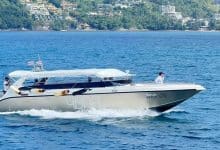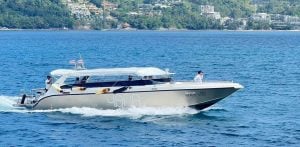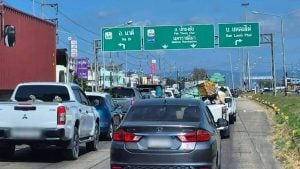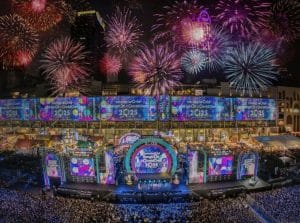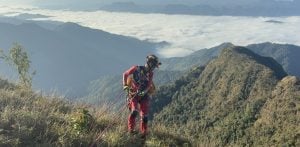Top 10 things to know about Phuket for beginners (2019)
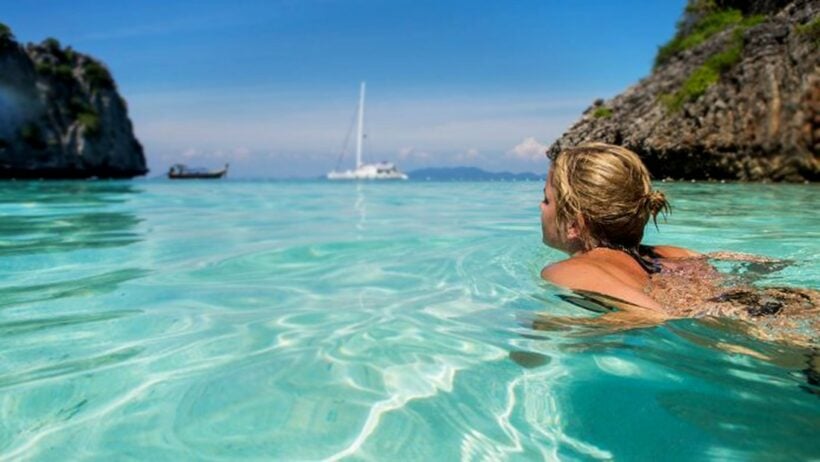
1. Welcome to Phuket
Phuket is an island and a province. It’s the largest island in Thailand – 48 km north to south, 21 km east to west. It’s about 20% smaller, in area, than Singapore but much less densely populated. Whilst the island nation of Singapore boasts a population of nearly 6 million, Phuket has a permanent population of around 400-450,000 (but varies a lot with the influx of tourists and a workforce that is always changing). Most of Phuket remains jungle and tropical rainforest despite an acceleration of development over the past 20 years.
Unlike some of Thailand’s other popular islands (that are in the Gulf of Thailand), Phuket is located in the Andaman Sea. Phuket is only just an island, linked to the Thai mainland by a 400 metre bridge. The channel beneath is frequently dredged to maintain Phuket’s status as an island. On the other side of Sarasin Bridge is the Province of Phang Nga.
Phuket is 878 km north of the equator.
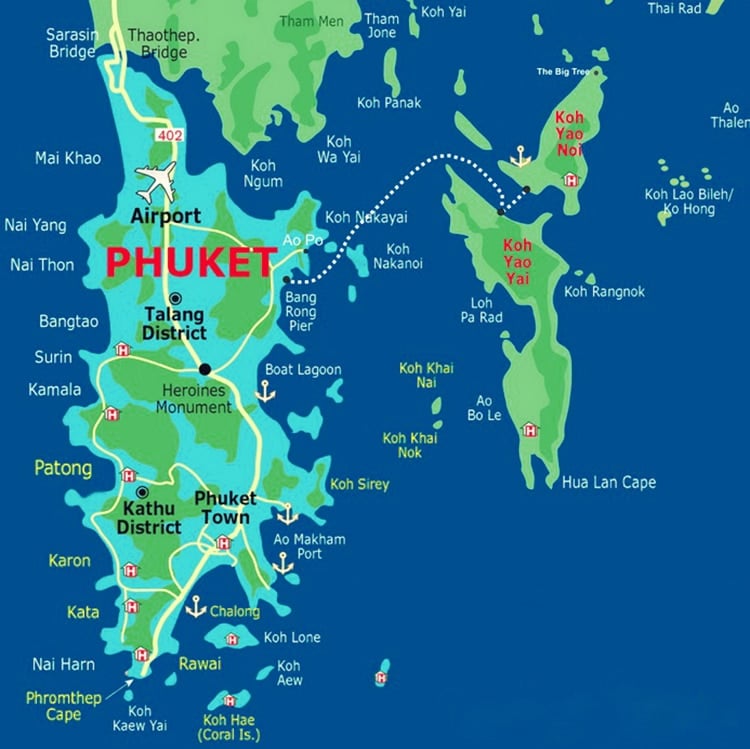
2. Basics
The currency used in Phuket is the Thai Baht and the electricity is 220-240 Volts/50 Hz. Thai is the spoken language although, especially with the west coast businesses and tourist zones, you will get away with English.

There is one international airport but multiple piers along the east coast for the many day trips to nearby islands. Public transport on Phuket is negligible. There are constant attempts to establish better public transport but the attempts are usually foiled by a strong taxi and tuk tuk monopoly that keep the charges higher and, largely, unregulated. On the upside there’s plenty of taxis and tuk tuks on Phuket but be prepared to bargain and agree your price before you get in despite the taxis being legally required to use a meter.
Hiring cars or a motorbike is easy but we would caution anyone keen to move around the island independently to check their travel or health insurance and to hire from a recommended or reputable company. Roads are fairly good and getting around is easy but the traffic can, at times, be very heavy.
3. Religion
Most of the population is Buddhist, like the rest of Thailand but the island also has a significant Muslim population of around 25-30%. Buddhism on Phuket is influenced by the island’s strong trade links and infusion of Chinese traders and workers over the past 400 years. Then you add the local expats and 12-15 million tourists each year and you have a very diverse mix of religions and backgrounds living on the island at any one time. There are hundreds of Buddhist temples around Phuket.

4. The name
The name Phuket (poo-KET) is derived from a Malay word bukit, which translates as hill. On European shipping charts it was called Junk Ceylon or Junkceylon which derives from Tanjung Salang in Malay, translating as Cape Salang. Later the island was known as Thalang which, before the southern end and west coast became popular after the 1970s, was the island’s commercial and residential hub.
During the reign of King Chulalongkorn (Rama V), Phuket was the administrative centre of tin production in the southern provinces. In 1933 Monthon Phuket (มณฑลภูเก็ต) was dissolved and Phuket became a Province. It’s the only island in Thailand which is both an island and a Province.
5. Income
The main source of income in Phuket is tourism, by far. But before the west discovered the island’s pristine west coast beaches in the 1970s, Phuket was know all the way back to the 16th century as a tin-mining hub. (If you drive around Phuket you will see hundreds of small lakes. Most of these are old tin-mines). The island’s tin mining history has been remembered at the Kathu Mining Museum, located on the back road that runs through the hills between Kathu and Koh Keaw. Besides tourism, latex, pineapples, cashew nuts and palm oil are also grown on the island. But, every year, tourism forges ahead as the island’s most reliable income producer.
6. Weather
As a tropical island Phuket is always humid and hot.
Phuket’s weather is fairly reliable. Reliably wet during the monsoon and reliably dry in the dry season. But there are also plenty of variations in the shoulder seasons and, even when it rains, it’s usually brief (and torrential) with lots of sunshine in between.

The dry season runs from December to April and the monsoon season from May to November. The wettest months, statistically, are May and September. Tourists flock to the island during the dry season when top temperatures range between 31 – 35 (it gets hotter as the dry season months pass), with light winds from the north east.
During the monsoon season the winds swing around to the south west providing rideable surf along some of the west coast beaches. It can also be quite dangerous for inexperienced swimmers so, please, always obey the red flag warnings along the patrolled beaches. Temperatures usually peak at 31 during monsoon season and get down to 20-22 in the evenings.
Consider all this as a guide only as there’s always plenty of variation. But you will never need to pack a coat or warm weather clothes when visiting Phuket.
7. Beaches
Depending on how you count them, there are 36 unique beaches on Phuket. The island’s best known and iconic sandy beaches are along the west coast – Nai Harn, Patong, Karon, Kata, Kamala, Surin, Bang Tao, Nai Harn and Nai Thon, Nai Yang and Mai Khao up north. The western beaches are fully exposed to the Andaman Sea kicking up some rideable surf in during the annual south-west monsoon.
The east coast is largely mangroves in the north and smaller rocky beaches in the south. But there are a few hidden gems including Laem Ka in Rawai and Ao Yon in Cape Panwa. The east coast looks back towards Krabi and Phang Nga Bay and provides postcard views of the many islands dotted in the waters between Phuket and the mainland.

8. Main towns
The main commercial centre is Phuket Town. There have been attempts to get the media and locals to refer to it as Phuket City but, well, it’s really just a big town and will likely remain being called Phuket Town. The wider commercial and administrative hub of Phuket, in the centre of the island’s east coast, is built around the older Old Phuket Town.
Two hundred years ago, when Phuket was a bustling hub of trade with many Chinese and international sea-farers passing through, it must have been a bustling port of sailors, traders, miners and locals keen to extract money from them all. By all accounts it was a rough place to live with a busy red light district. These early trading days have left a heritage of sino-portuguese shop houses. Before the 1980s these old shop-houses were in serious need of repair.
Now streets like Thalang, Dibuk, Yowarat and Phang Nga roads are a collection of restored buildings, funky cafés, boutiques, art galleries, book shops and boutique hotels. The area has become a worthy tourist magnet deserving of your time when visiting the island.
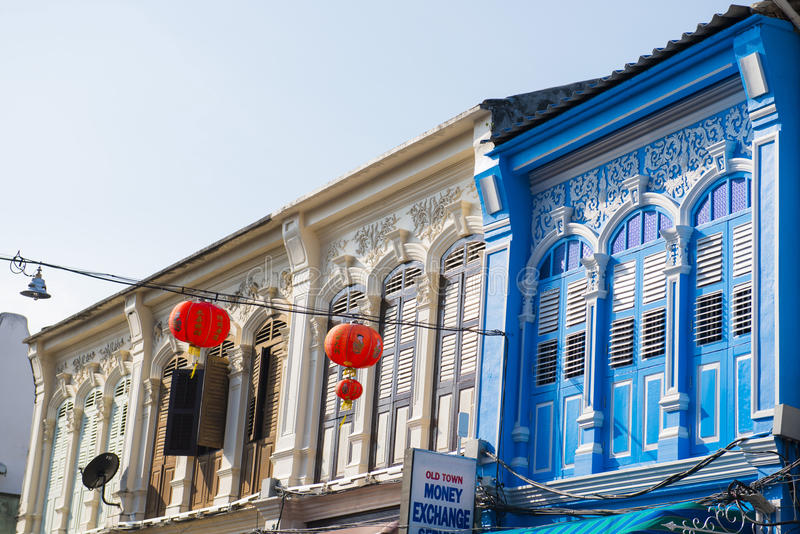
The other main hub is Patong Beach. On the opposite side of the island to Phuket Town, Patong continues to grow and rebrand itself. Once a quiet haven for back-packers it’s now a much bigger haven for back-packers, along with international hotels, 5 star resorts, world-class restaurants and a vibrant nightlife. There are much better beaches on the island of Phuket but no visit to Phuket is complete without a night in Patong. It’s international famous, or infamous, for its colourful and (sometimes) raunchy nightlife.
The main residential areas of Phuket include Kathu, Chalong, Rawai, Cherngtalay, Kamala and Thalang. Whilst the west coast mainly attracts the tourists, the locals live in the south, east, central and northern sections of the island. There is an increasing trend for the island’s attractions and accommodation centres to move inland from the beaches as number of tourism businesses grow and diversify.
9. Events and Festivals
Songkran is on April 13 and celebrates the start of the Thai New Year. It may have started out as a respectful cleansing of the Buddha images in temples but has descended into a water-pistol war zone with roads lined with people throwing water an anyone driving by. If it sounds mad, it is. If you’re in Bangla Road in Patong it keeps going for three or more days. NB. Songkran is not the time to drive your motorbike around Phuket in an Armani suit.
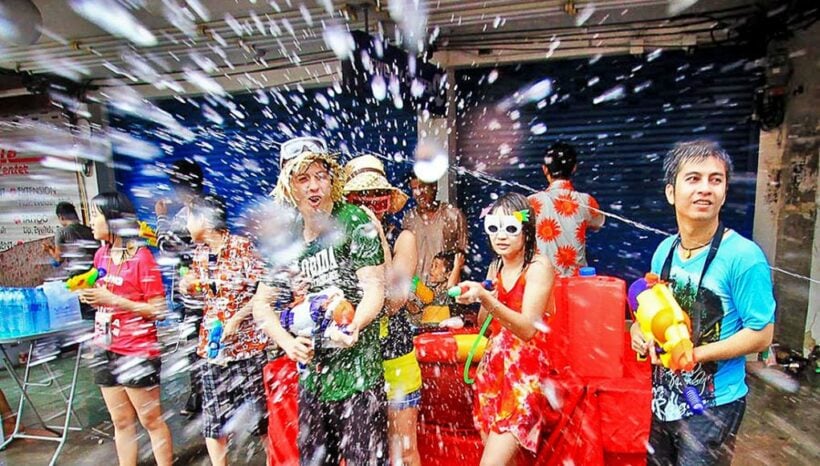
The Phuket Vegetarian Festival occurs during October, depending on the Chinese lunar calendar each year. It’s a unique, jaw-dropping festival of parades, piercings, fireworks and markets full of vegetarian food. Almost impossible to describe, so we’ll invite you to discover it yourself.
Loy Krathong is in November each year and is celebrated by releasing little (usually hand-made) rafts made of banana leaves, incense and flowers. Just about any waterway on the island becomes a location for families to launch krathongs.
Chinese New Year and the Old Phuket Festival are usually during February each year and celebrate the island’s rich and deep Chinese heritage. Be prepared for lots of excellent street food and fireworks.
10. Topography
Phuket is an island of hills (indeed it was once called bukit which means hill in Malay). Very broadly, there is a range of hills that run down the centre, closer to the west coast, with wider expanses of flat lands on the east side.
The highest points in Phuket are Radar Hill overlooking Patong at 513 metres, and the nearby unnamed hill on the northern side of the road that runs over the hills into Patong. It overlooks Kamala on one side and the Kathu valley on the other and reaches 543 metres. You can drive most of the way up Radar Hill but there’s a military installation at the top. The other hill you can probably hike all the way up to the top but there’s no well-trodden path and you’d need some local advice, a backpack with lots of water and some good walking shoes.
There are a few small but pretty waterfalls on the island – Ton Sai and Bang Pae between Paklok and Thalang to the east and the Kathu Waterfall in the centre. With a distinct wet and dry season on the island you’ll obviously get the best photos in the wet season.
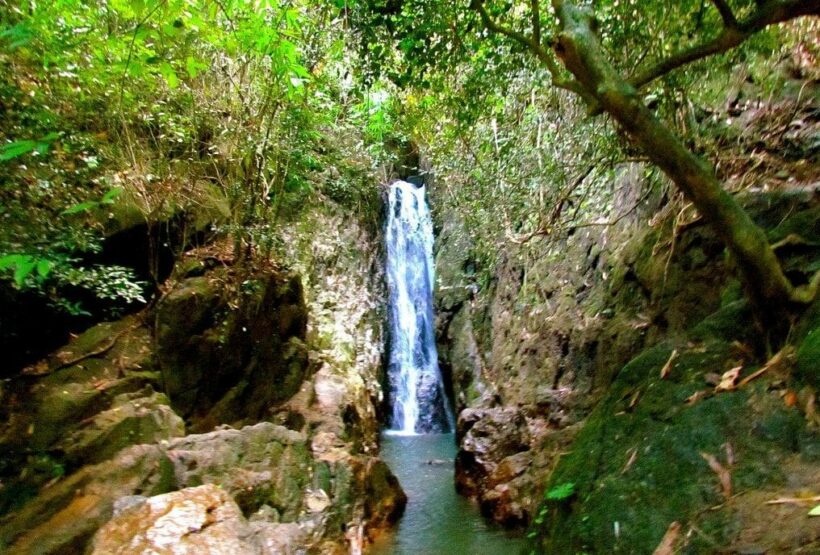
Some of the hills have their own unique attractions including the Big Buddha overlooking Kata and Karon beaches on one side and Chalong on the other. There’s also Khao Rang (Rang Hill) with restaurants and a specially constructed viewing point. Khao To Sae (Monkey Hill) rises above Phuket Town and is a great place to see the local macaques but DON’T feed or approach the monkeys as they can be quite clever at parting you from your iPhone or expensive camera and have been known to be aggressive at times.
Down south is the southern-most Laem Promthep (Cape Promthep) where tourists flock to watch the sunset each night (we can promise you that you will see exactly the same sunset anywhere along the west coast of the islands if you want to avoid the crowds and tourist buses). It’s also an excellent location during the day.
This is just the start of your exploration of Phuket. We look forward to seeing you on the island soon.
Latest Thailand News
Follow The Thaiger on Google News:

